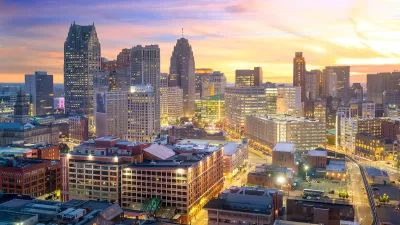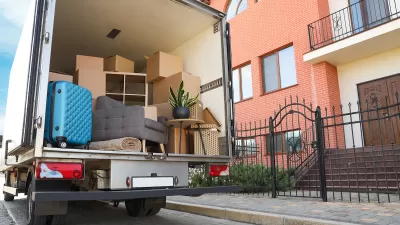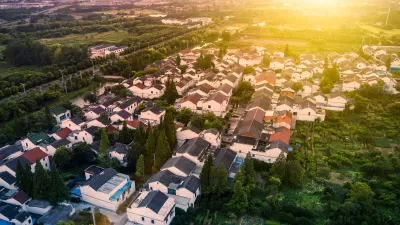Carol Morello and Patricia Sullivan explore the recent population spike in Washington, D.C., part of a nationwide trend toward "an urban renaissance."
Growth in the capital and its surrounding suburbs has picked up the pace over the past two years, according to recently released census figures. In fact, the District added 16,000 new residents in the 15 months following the 2010 Census.
"That's more than half as many new residents as the District gained in the entire decade of the 2000s," note Morello and Sullivan, "and it makes the District one of the fastest-growing cities in the United States." Perhaps more importantly, the figures "show most big cities in the country growing faster than the suburbs for the first time in decades."
Demographer William H. Frey argues that, in the short-term, the data signify a cultural shift back toward the city: "They're all magnets for young people. There's a there there. These are places that have attractive urban environments, with amenities as well as jobs. Young people can have a life there; they're not just daytime cities."
But even in Alexandria, Va., which the Census Bureau identified as one of the fastest-growing big cities in the country, city officials met the good news with a dose of skepticism. Karl Moritz, the city's deputy planning director, "said census estimates have proved overly optimistic in the past. Just three years ago, the census pegged Alexandria's population at 150,000 - 10,000 more than were counted a year later in the 2010 Census."
Said Moritz, "There's nothing we can see to suggest we've had an acceleration of growth in the past 15 months."
FULL STORY: Growth in Washington quickens with recovery

Planetizen Federal Action Tracker
A weekly monitor of how Trump’s orders and actions are impacting planners and planning in America.

Maui's Vacation Rental Debate Turns Ugly
Verbal attacks, misinformation campaigns and fistfights plague a high-stakes debate to convert thousands of vacation rentals into long-term housing.

San Francisco Suspends Traffic Calming Amidst Record Deaths
Citing “a challenging fiscal landscape,” the city will cease the program on the heels of 42 traffic deaths, including 24 pedestrians.

Defunct Pittsburgh Power Plant to Become Residential Tower
A decommissioned steam heat plant will be redeveloped into almost 100 affordable housing units.

Trump Prompts Restructuring of Transportation Research Board in “Unprecedented Overreach”
The TRB has eliminated more than half of its committees including those focused on climate, equity, and cities.

Amtrak Rolls Out New Orleans to Alabama “Mardi Gras” Train
The new service will operate morning and evening departures between Mobile and New Orleans.
Urban Design for Planners 1: Software Tools
This six-course series explores essential urban design concepts using open source software and equips planners with the tools they need to participate fully in the urban design process.
Planning for Universal Design
Learn the tools for implementing Universal Design in planning regulations.
Heyer Gruel & Associates PA
JM Goldson LLC
Custer County Colorado
City of Camden Redevelopment Agency
City of Astoria
Transportation Research & Education Center (TREC) at Portland State University
Jefferson Parish Government
Camden Redevelopment Agency
City of Claremont





























